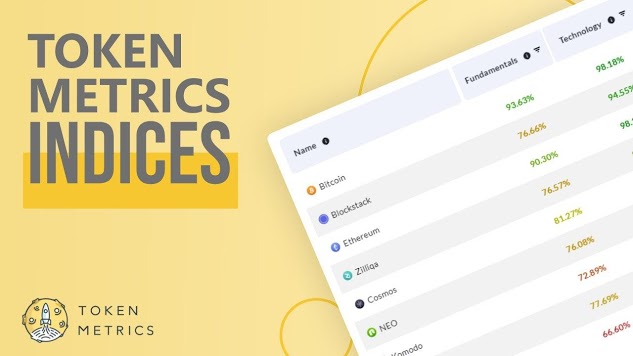Neuromorphic computing represents a transformative approach to artificial intelligence, seeking to emulate the human brain’s neural structures and processing methods. This computing paradigm offers significant advancements in efficiency and performance for specific tasks, including those requiring real-time processing and low power consumption. Here, we explore the algorithms that drive neuromorphic computing, its potential use cases, and its diverse applications.
Algorithms in Neuromorphic Computing
Neuromorphic computing leverages unique algorithms to mimic neurobiological architectures inherent to the nervous system. Key algorithms include:
Spiking Neural Networks (SNNs): Unlike traditional neural networks, which process continuous data, SNNs manage binary events or “spikes.” They are computationally efficient and particularly suitable for processing temporal and spatial data.
Learning Rules: Neuromorphic algorithms such as Spike-Timing-Dependent Plasticity (STDP) incorporate learning rules. This principle modifies the intensity of connections based on the timing of spikes in neuron activity. Such mechanisms enable neuromorphic chips to self-learn, thereby boosting their adaptability.
Neuromodulation Techniques involve modulating neural activity through mechanisms that alter network dynamics, improving learning efficiency and adaptability.
Use Cases of Neuromorphic Computing
Neuromorphic computing finds relevance in several real-world scenarios:
Robotics: Neuromorphic computing can enhance sensory processing and movement control for tasks requiring autonomous decision-making. It enables robots to interpret and interact with their environment more effectively.
Internet of Things (IoT): In IoT devices, neuromorphic chips process data on-site, reducing the need to transmit data back to central servers, thus saving bandwidth and reducing latency.
Edge Computing: Neuromorphic computing addresses latency and privacy issues in edge computing scenarios by processing data locally at the source rather than relying on cloud servers.
Applications of Neuromorphic Computing
The application areas of neuromorphic computing are vast, ranging from vision systems to smart sensors. Here are some notable examples:
Autonomous Vehicles: Neuromorphic systems can process complex sensory inputs faster, helping autonomous vehicles make real-time navigation decisions. The ability to process data locally also ensures decisions are made swiftly, which is critical for safety in autonomous driving.
Healthcare: Neuromorphic computing aids in real-time data processing for wearable health monitors, which can detect changes in patient health parameters and instantaneously provide alerts or health advice.
Smart Cameras: Enhanced with neuromorphic computing, smart cameras can perform on-the-fly image processing for applications like surveillance, traffic management, and crowd monitoring. The efficiency of neuromorphic chips enables these devices to operate at lower power, extending their operational lifespan when deployed in the field.
Voice-Assisted Technologies: Neuromorphic chips can enhance voice recognition technologies, making them more efficient in noisy environments. This improves the reliability of voice-assisted devices in real-world scenarios.
Aerospace and Defense: Neuromorphic computing offers a significant advantage in speed and efficiency for applications requiring rapid processing of vast amounts of data, such as satellite image analysis and automated threat detection.
Future Prospects
The future of neuromorphic computing is promising, with ongoing research to enhance its scalability, efficiency, and adaptability. Advances in material science, such as the development of memristive systems, are also expected to bolster its capabilities significantly.
Studies on Arxiv and IEEE illustrate ongoing progress and potential breakthroughs in this field, indicating a trajectory toward more robust and versatile neuromorphic computing solutions.
Conclusion
Neuromorphic computing stands at the forefront of the next generation of computing technologies. Its ability to process information like the human brain offers unparalleled advantages for applications requiring real-time data processing and decision-making. As this technology evolves, it promises to revolutionize various industries, making devices smarter, more responsive, and more efficient.
Sources
Sajjad Ansari is a final year undergraduate from IIT Kharagpur. As a Tech enthusiast, he delves into the practical applications of AI with a focus on understanding the impact of AI technologies and their real-world implications. He aims to articulate complex AI concepts in a clear and accessible manner.




